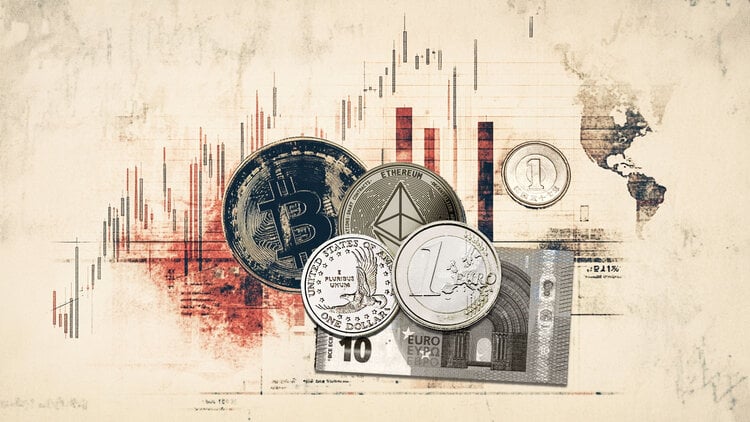Reserve Bank of Australia (RBA) Governor Michele Bullock said on Thursday that Australia’s core inflation is “too high” to consider interest rate cuts in the near term. Bullock reiterated that there is still some way to go before prices sustainably return to target, according to Bloomberg.
Key quotes
Policy should remain restrictive until there is more confidence in inflation.
There is still some way to go for inflation to sustainably return to the target range.
Our forecasts suggest that a sustainable return to target will occur in 2026.
The word ‘sustainably’ is important because it recognizes that we need to look beyond the temporary factors that influence the overall inflation rate.
Given the tightness of Australia’s labor market, coupled with our assessment that the level of demand still exceeds supply in the broader economy, we expect it to take a little longer for inflation to stabilize at target.
If the data that we’re seeing and the information that we’re getting from our relationship and so on suggests that inflation is picking up again, it’s not going to follow that trajectory, it’s going to go in another direction, then that would be a big red flag for us.
Market reaction
At the time of writing, the AUD/USD pair is trading 0.02% lower on the day to trade at 0.6499.
The RBA FAQs
The Reserve Bank of Australia (RBA) sets interest rates and manages Australia’s monetary policy. Decisions are made by a Council of Governors in 11 meetings a year and in any ad hoc emergency meetings that are necessary. The RBA’s main mandate is to maintain price stability, which means an inflation rate of 2%-3%, but also “…contribute to currency stability, full employment and economic prosperity and well-being of the Australian people. Its main tool to achieve this is to raise or lower interest rates. Relatively high interest rates will strengthen the Australian Dollar (AUD) and vice versa. Other RBA tools include quantitative easing and tightening monetary policy.
Although inflation has traditionally always been considered a negative factor for currencies, since it reduces the value of money in general, the truth is that in modern times the opposite has happened with the relaxation of cross-border capital controls. Moderately high inflation now tends to lead central banks to raise interest rates, which in turn has the effect of attracting more capital inflows from global investors looking for a lucrative place to store their money. This increases the demand for the local currency, which in the case of Australia is the Australian Dollar.
Macroeconomic data gauges the health of an economy and can impact the value of its currency. Investors prefer to invest their capital in safe and growing economies than in precarious and contracting economies. A greater influx of capital increases aggregate demand and the value of the national currency. Classic indicators such as GDP, manufacturing and services PMIs, employment and consumer sentiment surveys can influence the AUD. A strong economy may encourage the Reserve Bank of Australia to raise interest rates, also supporting the AUD.
Quantitative Easing (QE) is a tool used in extreme situations in which lowering interest rates is not enough to restore the flow of credit in the economy. QE is the process by which the Reserve Bank of Australia (RBA) prints Australian Dollars (AUD) in order to purchase assets – typically government or corporate bonds – from financial institutions, providing them with much-needed liquidity. . QE usually results in a weaker AUD.
Quantitative tightening (QT) is the reverse of QE. It is carried out after QE, when the economic recovery is underway and inflation begins to rise. While in QE the Reserve Bank of Australia (RBA) buys government and corporate bonds from financial institutions to provide them with liquidity, in QT the RBA stops buying more assets and stops reinvesting the maturing principal of the bonds. bonds you already own. It would be positive (or bullish) for the Australian Dollar.
Source: Fx Street
I am Joshua Winder, a senior-level journalist and editor at World Stock Market. I specialize in covering news related to the stock market and economic trends. With more than 8 years of experience in this field, I have become an expert in financial reporting.







